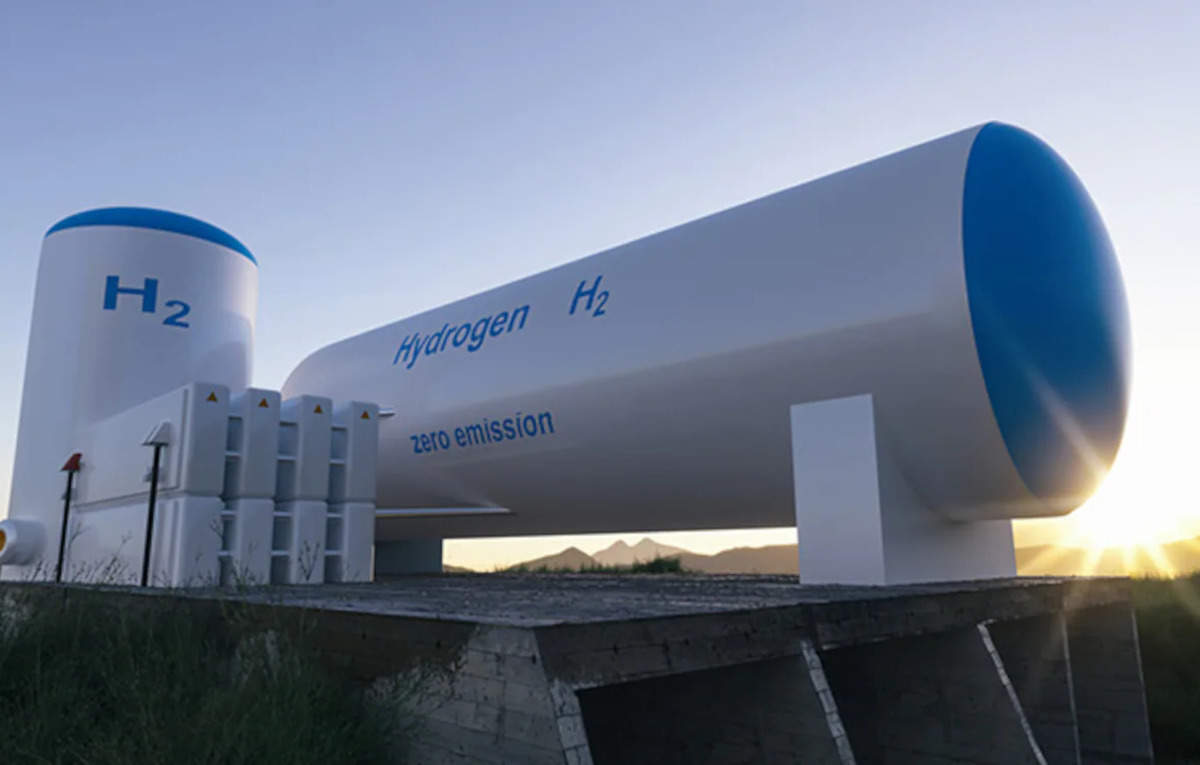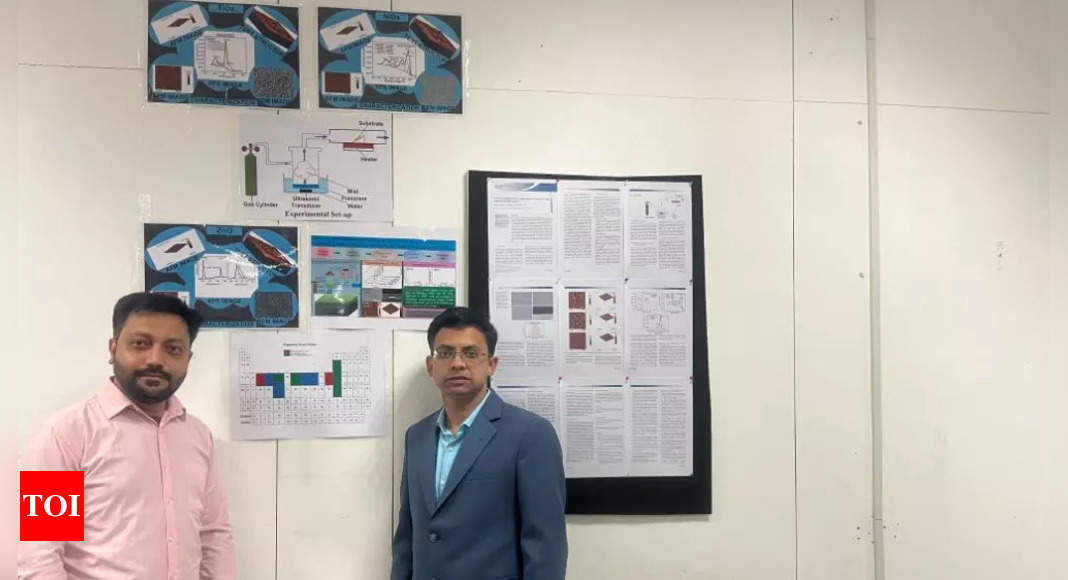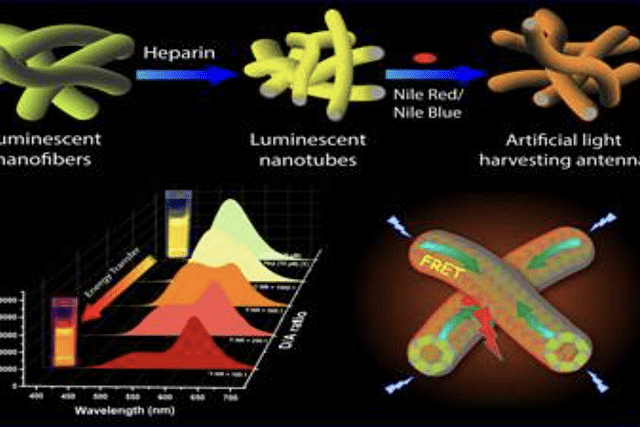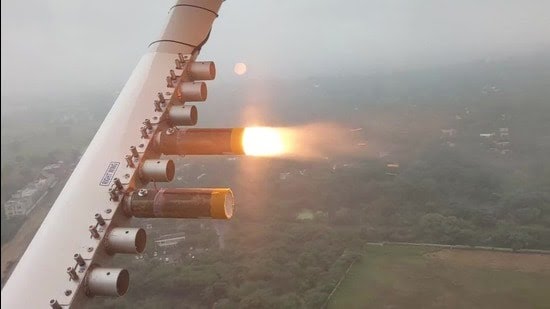IIT Guwahati has transferred Free Space Optical Communication technology to Ahmedabad-based specialists, Nav Wireless Technologies. Six-year work of Physics professor and his PhD student has garnered US, Korean and Japanese patents for its novel solution to overcome atmospheric challenges.Secure...
swarajyamag.com
Snapshot
- IIT Guwahati has transferred Free Space Optical Communication technology to Ahmedabad-based specialists, Nav Wireless Technologies.
Six-year work of Physics professor and his PhD student has garnered US, Korean and Japanese patents for its novel solution to overcome atmospheric challenges.
Secure encryption features in Indian solution may interest defence forces.
Just over two years after their pathbreaking innovations in the technology of transmitting digital data wirelessly in the form of light pulses was sealed with three global patents, IIT Guwahati Physics Professor Bosanta Ranjan Boruah and his PhD student Santanu Kanwar, now an Assistant Professor, teaching Physics in Abhayapuri College in Assam, have achieved an important landmark.
Unlike so much of academic work that remains within the covers of doctoral theses, the novel “Free Space Optical Communication System” (FSO) developed by the duo has been technology-transferred to a private sector Indian company who is arguably the leading provider of optical wireless solutions.








